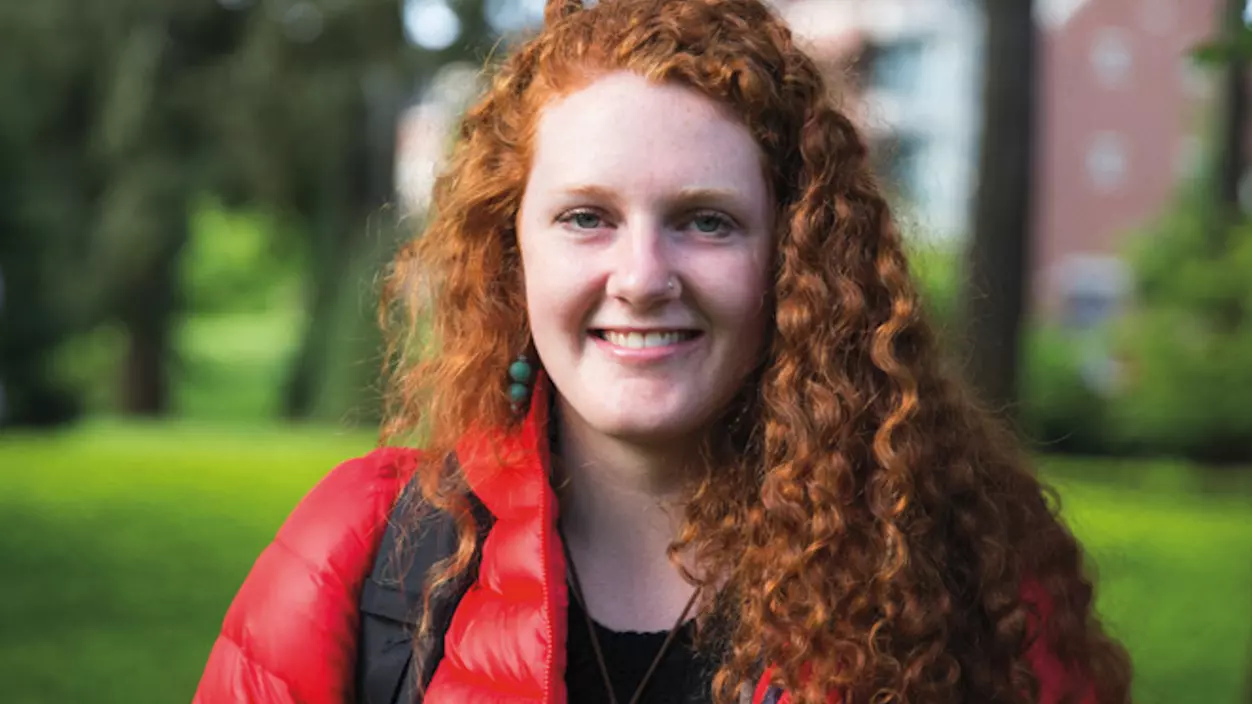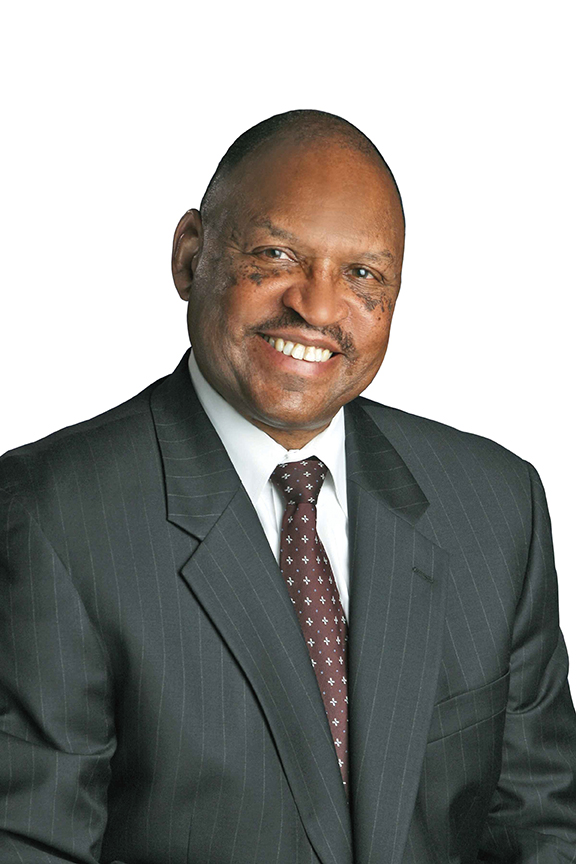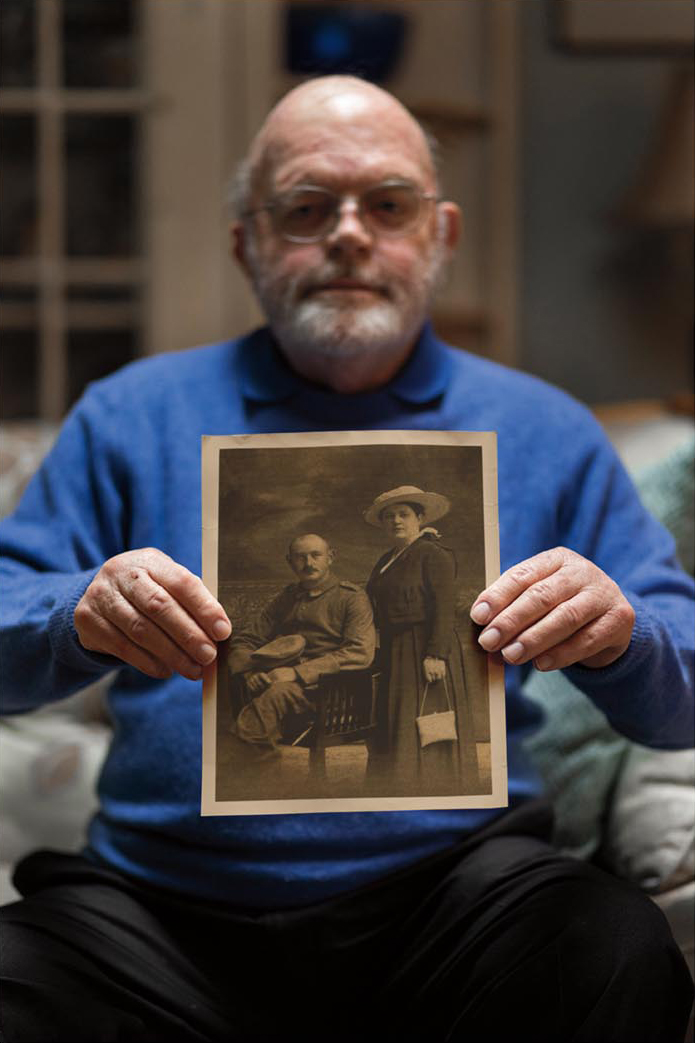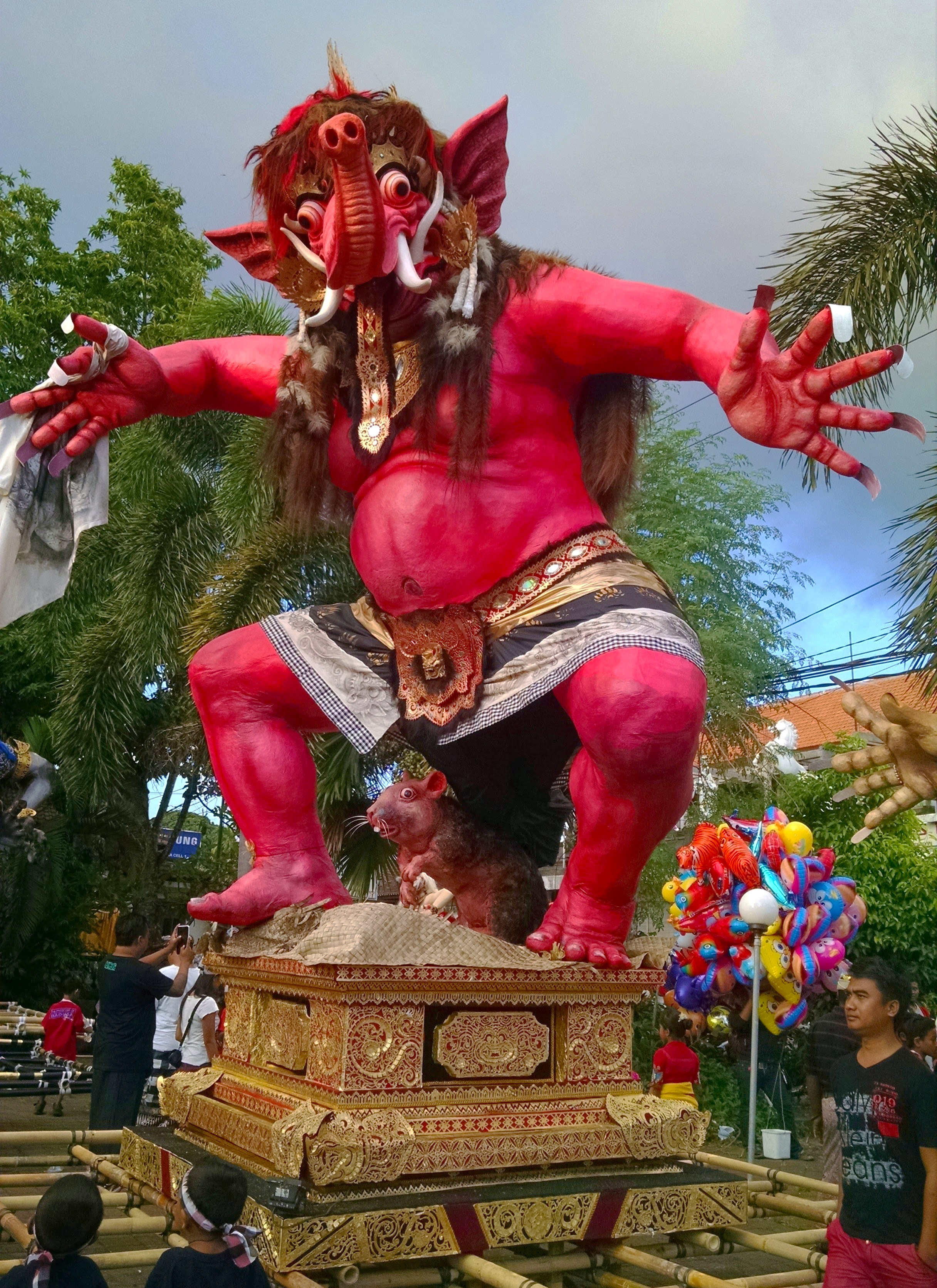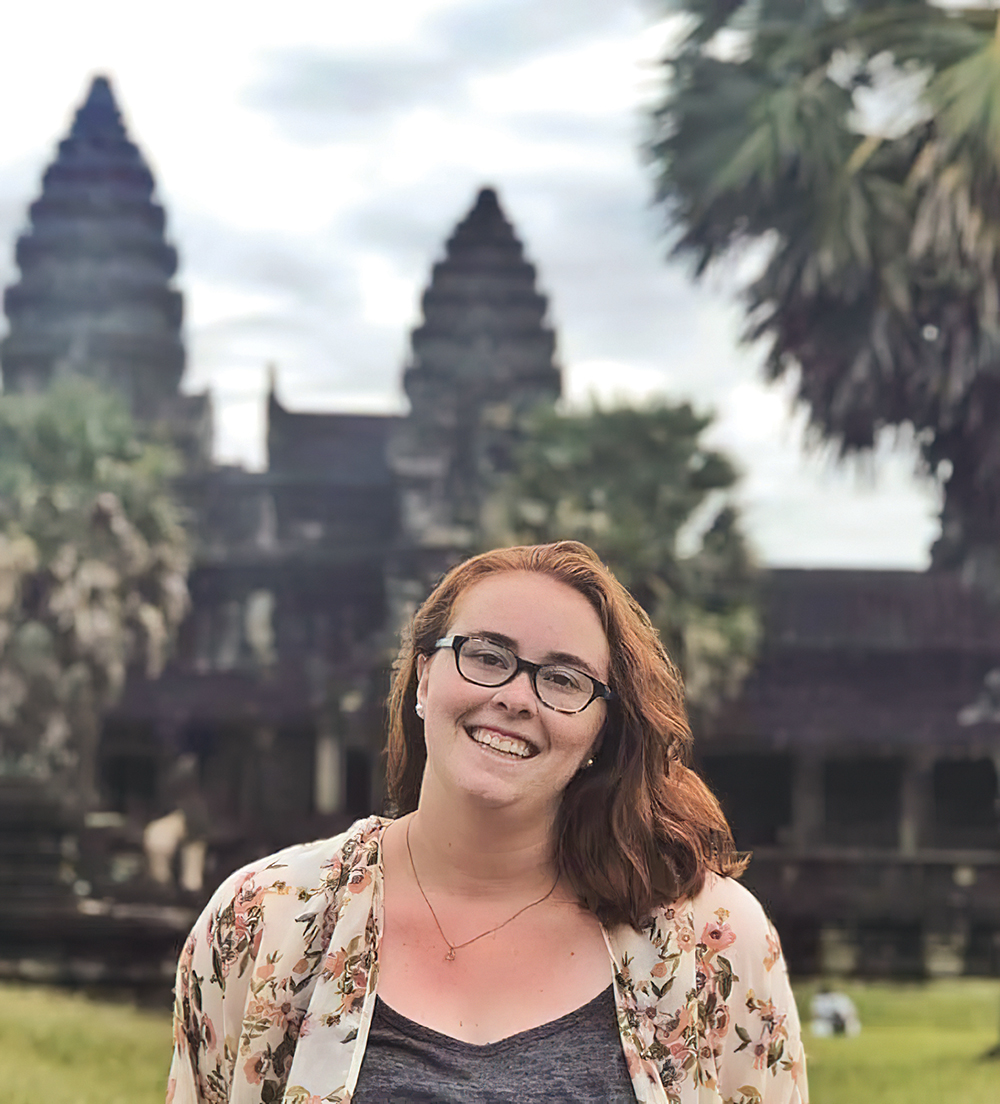At the time of her injury, Clara was young and strong. She had an indefatigable attitude. And she had the full support of her family. After two-and-a-half months at the Shepherd Center, a rehabilitation facility in Atlanta, she learned to walk again. She still lacked sensation throughout her left side and had significantly impaired motor function on her right side, but she was mobile.
For months, Clara kept up a training regime on the treadmill, until one day when her left hip gave way. She had developed avascular necrosis—a condition in which bone tissue dies due to lack of blood supply. She underwent an unsuccessful experimental surgery and spent a year in a wheelchair before having a hip replacement at age 15.
For Clara, this was a huge blow. She and her three siblings had spent most of their childhood outdoors, and it was a family expectation that everyone play sports. “My family is so athletic, it’s frustrating,” she says.“I always wanted to be the fastest and the best.” With her mother’s encouragement, she spent a couple of years as a coxswain for a high school rowing team and a master’s boat, but she wasn’t satisfied being on the sidelines. She needed a sport of her own.
• • •
When Clara arrived at Puget Sound for her first year of college, she had recovered enough to hide her injuries, and was hesitant to tell anyone about them. She had left small-town Falmouth and gone as far away as possible in part to escape the stigma of being known as “that girl who broke her neck.” But near the end of her first year, she confided in a friend who worked at the student-run bike shop on campus. She explained that she still has soft-tissue nerve damage; she’s missing her fibula on her left side, which affects her balance; and her whole left side is sensory-impaired, meaning she’s unable to distinguish between sharp and dull pain or temperature. She’s lost most of the motor function in her right triceps and hand—she has some grip, but can’t open her hand at all. “And my right foot just kind of drags when I walk,” she says. “I have a funky gait if you look at it closely.”
Clara’s friend listened, and offered to rig a bike for her with the gear shifts on the left side instead of the right, so she could use her fully functioning left hand to shift and brake. They hit the bike swap in Tacoma, but they couldn’t find a frame small enough for Clara’s 5-foot-3-inch build.
The next week, Clara went home to Maine for summer vacation and told her mother that she thought she might be able to ride a bike. “My mom is one of those people who just makes things happen,” Clara says, still amazed that her mother dropped everything, took the afternoon off from work and immediately drove Clara to Cycle Mania in Portland.
“I was so hesitant to spend money on something that I wasn’t even sure I could really do,” she says. But her mother insisted that she try. At the shop, Clara explained her situation to David Brink, one of Cycle Mania’s owners, and he spent the next several hours bringing out different shifting mechanisms and building a bike to meet her needs.
Clara learned to ride that bike over the summer of 2014, and took it back to school with her in September. She rode it around Tacoma, and later all over the Southwest. In 2017, she made biking her job, working for a bike tour company as a trip leader. During one trip, in the summer of 2018, she met George Puskar, a member of the U.S. Olympic Committee’s Paralympic Advisory Committee. George was impressed by Clara, and encouraged her to check out the Paralympics cycling team. He also sent some introductory emails on her behalf. A couple of days later, the director of the Paralympics cycling team invited Clara to a talent camp in Colorado Springs. When she arrived, she was startled to find that she’d be riding on a track, which she’d never done before. But Clara didn’t flinch. She was exhilarated by the opportunity to learn something new.
Clara’s performance at the camp earned her an invitation to compete at the 2018 UCI Para-cycling Road World Cup in Canada that July. There, she came in third in the road race and fourth in the time trial. She was elated. After only a month of track riding, Clara was now a C3 cyclist, a competitive para-cycling classification that includes people with moderate upper- or lower-limb dysfunctions.
In December, Clara won the national title in the women’s C3 3km individual pursuit and the 500m time trial, and in January of 2019, moved to the Olympic Training Center to train with her coach and teammates full time.
At the 2019 U.S. Paralympics Track Cycling Open, held in L.A. in February, Clara had been riding a track for less than eight months, but she was ready. She won first place in the 3km individual pursuit and the 500m time trial. With that performance, she earned a spot on the U.S. team competing at the Para-cycling Track World Championships in the Netherlands in March.

